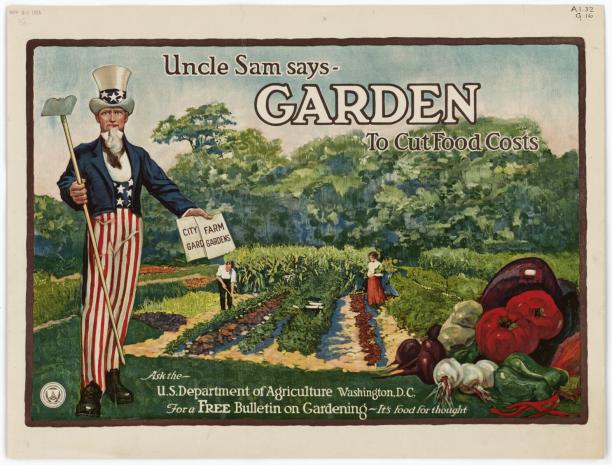
Breaking News
 How to Keep Potatoes Fresh for a Year!
How to Keep Potatoes Fresh for a Year!
 A high school student has amazed the global science community with a discovery...
A high school student has amazed the global science community with a discovery...
 Foreigners will never sell UST to buy gold. The US will ALWAYS be the global reserve currency...
Foreigners will never sell UST to buy gold. The US will ALWAYS be the global reserve currency...
Top Tech News
 The 6 Best LLM Tools To Run Models Locally
The 6 Best LLM Tools To Run Models Locally
 Testing My First Sodium-Ion Solar Battery
Testing My First Sodium-Ion Solar Battery
 A man once paralyzed from the waist down now stands on his own, not with machines or wires,...
A man once paralyzed from the waist down now stands on his own, not with machines or wires,...
 Review: Thumb-sized thermal camera turns your phone into a smart tool
Review: Thumb-sized thermal camera turns your phone into a smart tool
 Army To Bring Nuclear Microreactors To Its Bases By 2028
Army To Bring Nuclear Microreactors To Its Bases By 2028
 Nissan Says It's On Track For Solid-State Batteries That Double EV Range By 2028
Nissan Says It's On Track For Solid-State Batteries That Double EV Range By 2028
 Carbon based computers that run on iron
Carbon based computers that run on iron
 Russia flies strategic cruise missile propelled by a nuclear engine
Russia flies strategic cruise missile propelled by a nuclear engine
 100% Free AC & Heat from SOLAR! Airspool Mini Split AC from Santan Solar | Unboxing & Install
100% Free AC & Heat from SOLAR! Airspool Mini Split AC from Santan Solar | Unboxing & Install
 Engineers Discovered the Spectacular Secret to Making 17x Stronger Cement
Engineers Discovered the Spectacular Secret to Making 17x Stronger Cement
The Victory Garden

A backyard garden can quite literally feed a whole family. People don't have to be dependent on international agribusinesses, nutritionally valueless food, grain from Russia or Ukraine, food imports from China and other countries, or even be dependent on high priced organics to feed ourselves and their families. Each of us has the power to create our food from scratch. So, let's walk through the history of the war gardens in the UK and US, which later evolved into what we know as the victory garden.
During World War I, food production fell dramatically in Europe because farm workers left for military service, and many farms were destroyed by the war. Furthermore, transport of goods became difficult due to the dangerous conditions required for shipping by boat. A wealthy US philanthropist and conservationist (Charles Lathrop Pack) conceived of the idea that food supply could be greatly increased by citizens planting small vegetable gardens which would supply local communities with food. That this could be done without the use of the land and manpower already engaged in larger scale agriculture, and without the significant use of transportation facilities which were otherwise needed for the war effort.

 Wall Street wants to go 24/7
Wall Street wants to go 24/7

